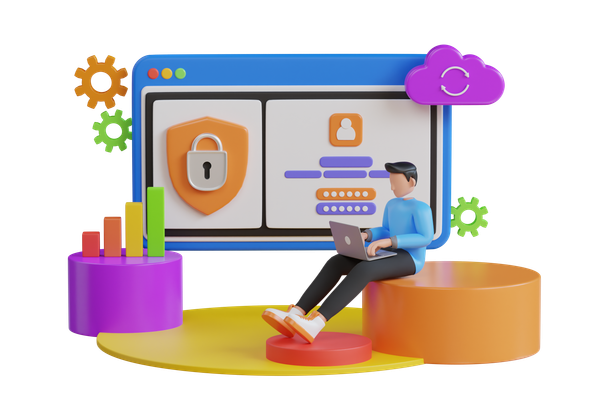A Programmer’s Perspective
In today’s digital landscape, user management and authentication are critical components of application development. As a programmer and fullstack engineer, understanding the tools at your disposal is essential. Two popular choices in the realm of identity and access management are Keycloak and OAuthID. Both offer unique features that cater to different needs. In this article, we’ll explore their differences, advantages, and realworld applications, allowing you to make informed decisions for your projects.
What is Keycloak?
Keycloak is an opensource identity and access management solution aimed at modern applications and services. It provides Single SignOn (SSO), user federation, identity brokering, and strong authentication mechanisms, all packaged in a robust and customizable framework.

Key Features
- Single SignOn (SSO) Users can log in once and access multiple applications without needing to reauthenticate.
- User Federation Integrates with existing user databases (e.g., LDAP or Active Directory) allowing centralized authentication while supporting various identity providers.
- Social Login Allows users to log in using their existing social media accounts (e.g., Google, Facebook).
- FineGrained Authorization Offers customizable policies for access control to suit specific needs. What is OAuthID?
OAuthID, often referred to in conjunction with OAuth 2.0, is an authorization framework that enables thirdparty applications to obtain limited access to user accounts on an HTTP service. It allows clients to access server resources on behalf of the user without sharing their credentials.
Key Features
- Authorization Flows Supports various authorization flows (e.g., Authorization Code, Implicit, Client Credentials), which are tailored to specific use cases.
- TokenBased Access Utilizes access tokens to grant permissions, increasing security by limiting access duration and scope.
- ThirdParty Application Support Easily allows developers to integrate applications with existing services through tokenbased authorization. Key Differences
While Keycloak is a comprehensive identity and access management solution, OAuthID is primarily an authorization framework. Here are some key differences
- Purpose
Keycloak is designed to handle both authentication and authorization, offering a complete user management solution.
OAuthID focuses solely on the authorization aspect, enabling applications to access user resources securely. - Management Features
Keycloak provides indepth user management, such as user registration, profile management, and SSO, which simplifies the integration of different applications.
OAuthID doesn’t inherently manage users; it relies on external identity providers. - Complexity and Overhead
Keycloak can introduce more complexity, especially for simple use cases, due to its extensive features.
OAuthID is lightweight and easier to implement when the requirement is solely for authorization. RealWorld Applications - Enterprise Applications
In large organizations where multiple applications coexist (like a CRM, HR Management, and Project Management tools), Keycloak is invaluable. Implementing SSO allows employees to navigate through applications seamlessly, improving user experience and productivity. Moreover, user federation helps integrate with existing user databases, making management efficient. - Social Media Integration
For web applications that aim for quick user onboarding, integrating social login using Keycloak can reduce friction. A user can log in with their Google account, providing you with the necessary identity while keeping the implementation simple. - Microservices Architecture
In a microservices environment, using OAuth2.0 (via OAuthID) for authorization is common. It allows different services to interact securely without needing to share user credentials directly, enhancing security and data isolation. - ThirdParty Services
When developing applications that need to access thirdparty resources (like accessing a user’s Google Drive or Dropbox), OAuthID is essential. It grants the application limited access based on user consent, making it ideal for integration without compromising user security. Conclusion
Both Keycloak and OAuthID have their unique strengths and use cases. When selecting between them, consider your project requirements. If you need a fullfledged identity management solution with SSO, user federation, and detailed access control, Keycloak is your best bet. On the other hand, if your focus is primarily on securing access to resources without the need for extensive user management, OAuthID may be the simpler, more efficient choice.
As the tech landscape evolves, staying informed about these tools will enable you as a programmer and fullstack engineer to design and implement secure, scalable applications. Understanding the strengths of both options allows you to leverage their capabilities effectively, fitting the right solution to the right problem.



